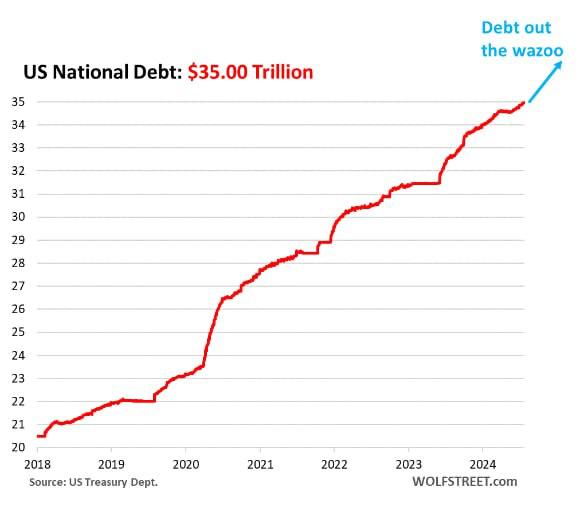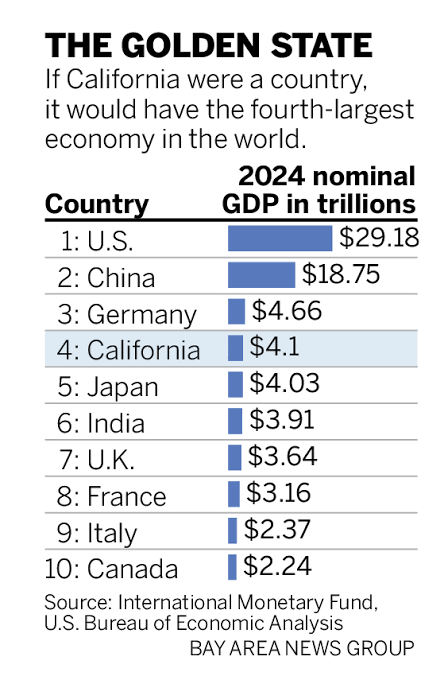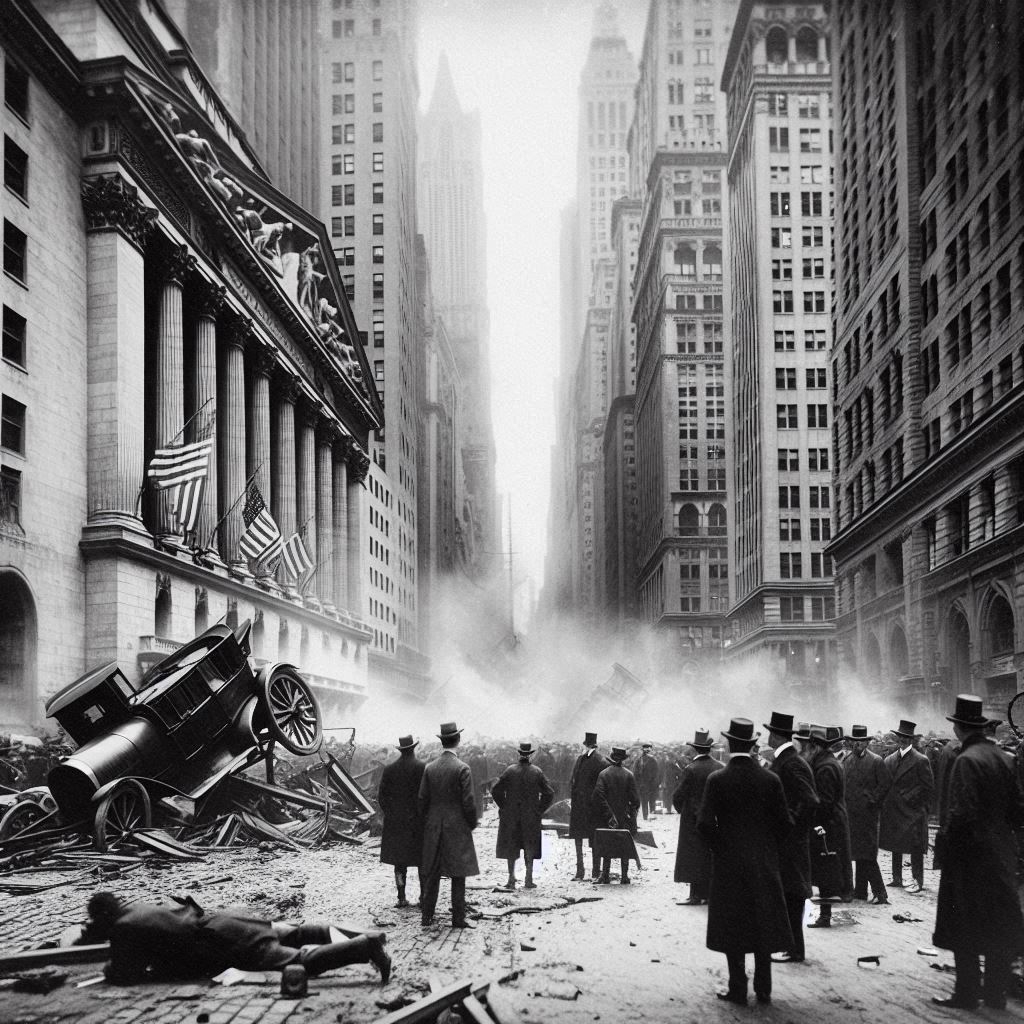Back
Sameer Patel
Work and keep learni... • 1y
The Great Depression (1929-1939) The Great Depression (1929-1939) was a severe global economic crisis starting with the U.S. stock market crash on October 29, 1929, known as Black Tuesday. Over-speculation (risky investments) and excessive borrowing (large loans for stocks) led to inflated stock prices. When the market crashed, many couldn't repay their loans, causing widespread bank failures . This crash eroded consumer confidence , reducing spending and investment. The money supply contracted as banks failed, making credit scarce. The Smoot-Hawley Tariff Act (raised U.S. import taxes) worsened global trade, and severe droughts (prolonged dry periods) hit U.S. agriculture. Unemployment soared, and poverty spread. President Franklin D. Roosevelt's New Deal (government programs) aimed to provide relief (aid), recovery (economic revival), and reform (prevent future crises).
Replies (3)
More like this
Recommendations from Medial
Rajan Paswan
Building for idea gu... • 1y
What If the USA Filed for Bankruptcy Today? If the United States declared bankruptcy today, the immediate effect would be catastrophic. The value of the U.S. dollar would plummet, triggering a global financial crisis. Banks worldwide would face inso
See More
Anonymous
Hey I am on Medial • 1y
We Have a Breakthrough - The U.S. National Debt Has Surpassed $35 Trillion. 📉 Since January 2020, the U.S. economy has grown by 31%, while the debt has increased by 50%. The borrowing rate exceeds the real economic growth, and the U.S. is clearly l
See More
Account Deleted
Hey I am on Medial • 8m
Yes, Just California alone - not the entire U.S According to the U.S. Bureau of Economic Analysis and IMF, California’s 2024 nominal GDP hit $4.1 trillion, overtaking Japan ($4.03T) and sitting just behind Germany ($4.66T). One U.S. state now gener
See More
Rabbul Hussain
Pursuing CMA. Talks... • 11m
The Reserve Bank of India (RBI) reduced the repo rate by 25 basis points to 6.25%, the first rate cut in nearly five years. What is the repo rate? It’s the rate at which the RBI lends money to commercial banks. A lower repo rate means cheaper loans
See Morefinancialnews
Founder And CEO Of F... • 1y
"Manmohan Singh’s Landmark 1991 Budget Speech: The Dawn of a New India" Manmohan Singh’s Historic 1991 Budget Speech: A Turning Point in India’s Economic Journey On July 24, 1991, then Finance Minister Dr. Manmohan Singh delivered a landmark budget
See MoreJaswanth Jegan
•
Hexpertify • 1y
Do you Know that One in Three students from Higher Educational Institutes experience moderate to severe Stress levels ? The Union Finance Minister, Ms Nirmala Sitharaman, highlighted mental health in the Economic Survey of India for 2023-2024. The s
See More
Download the medial app to read full posts, comements and news.
































